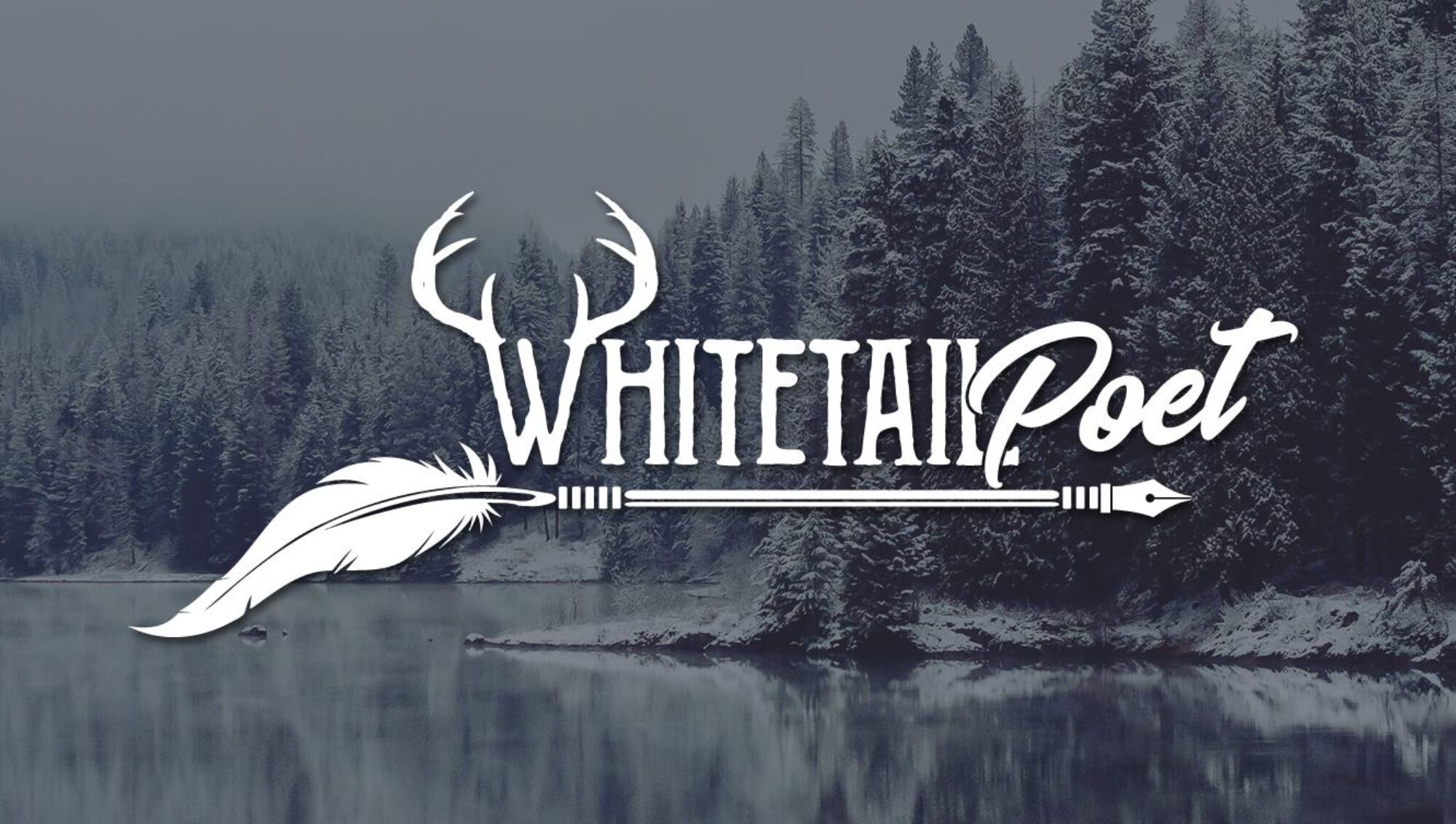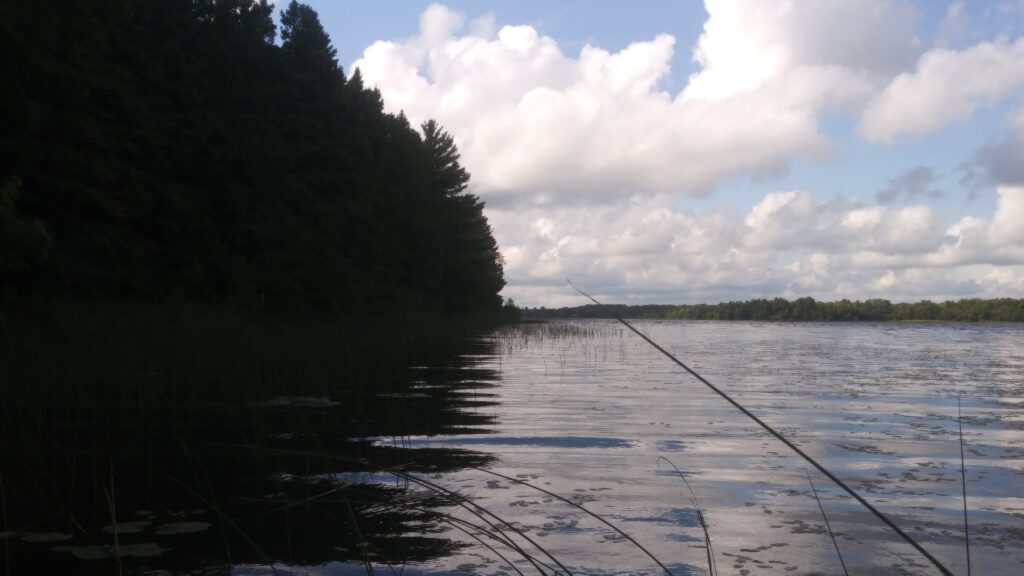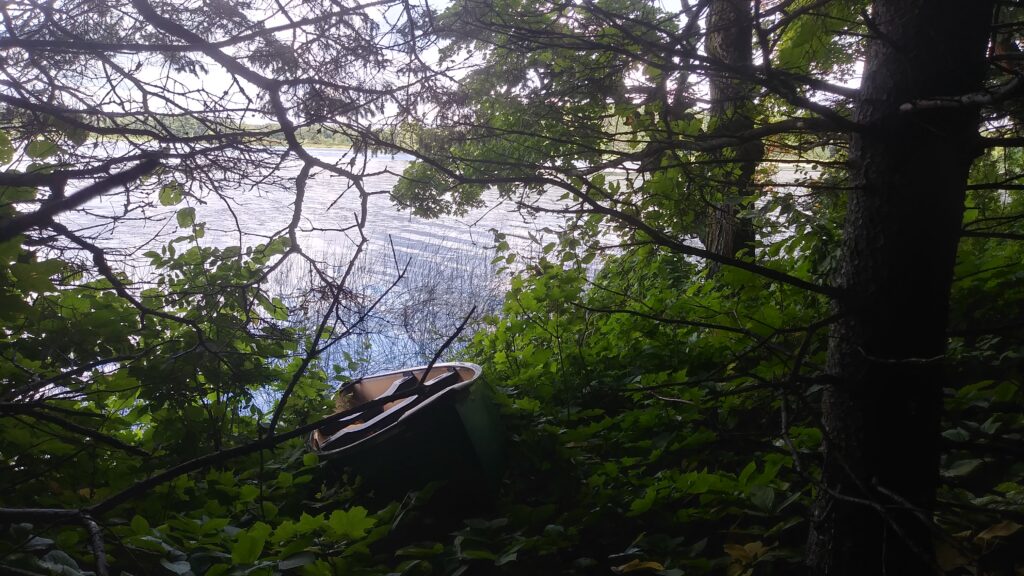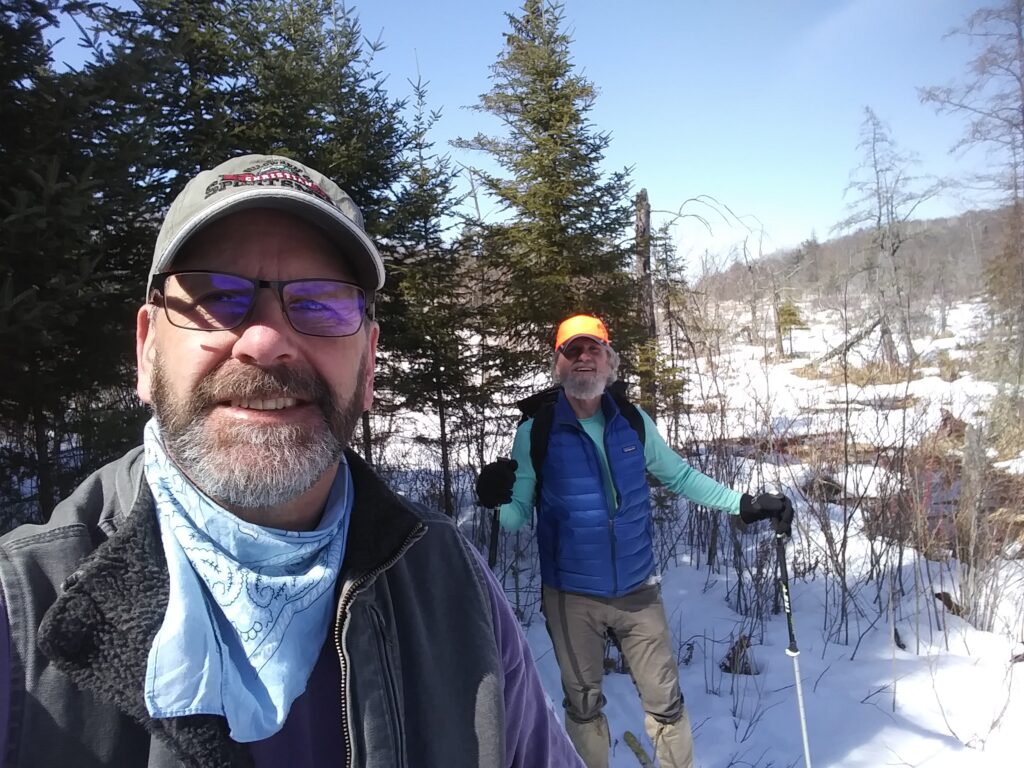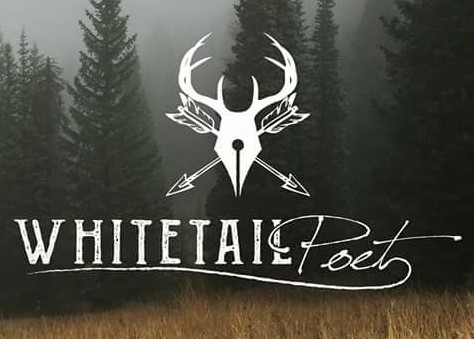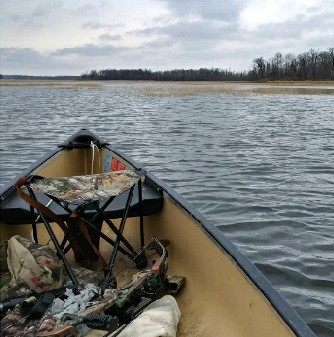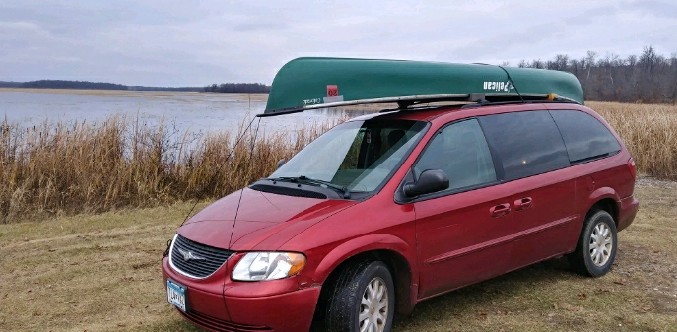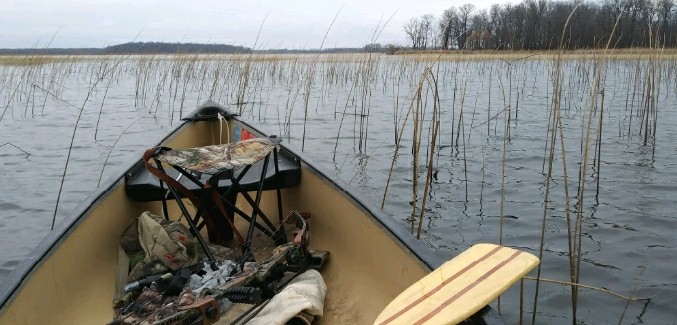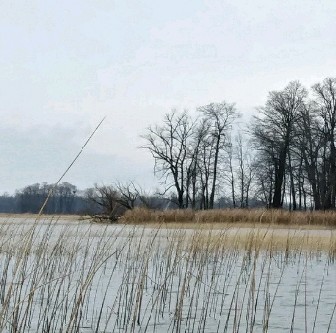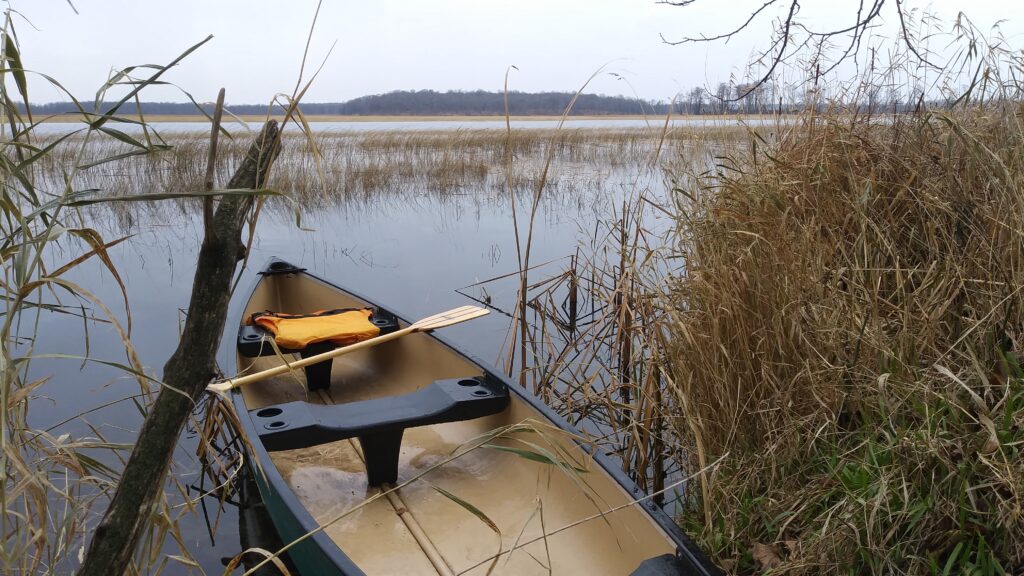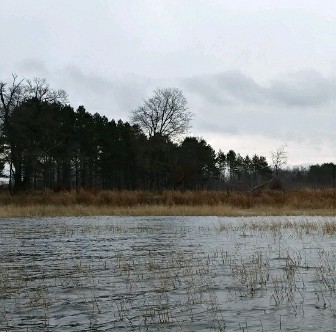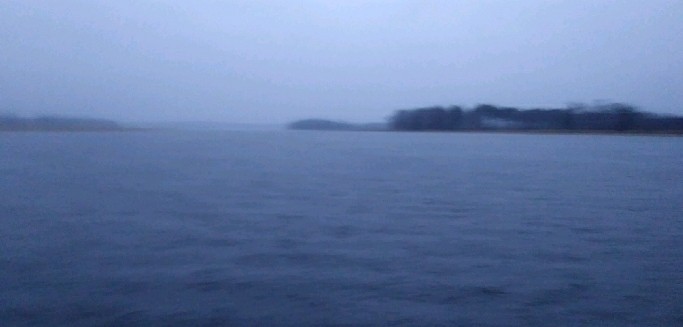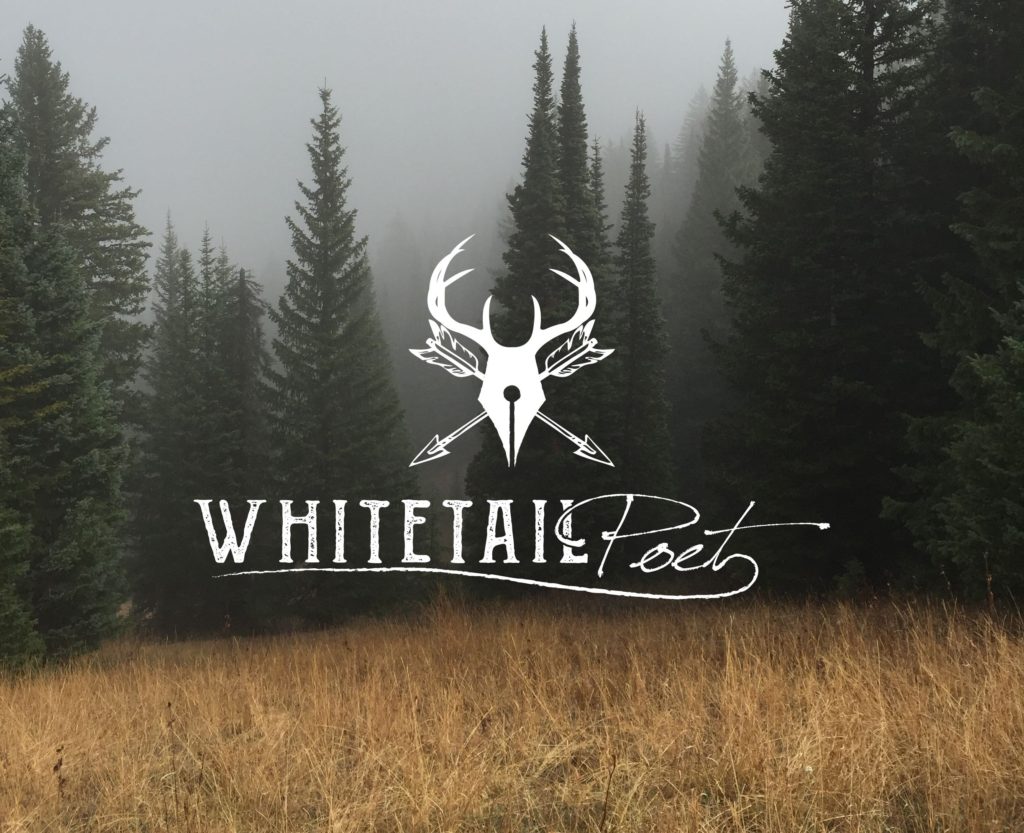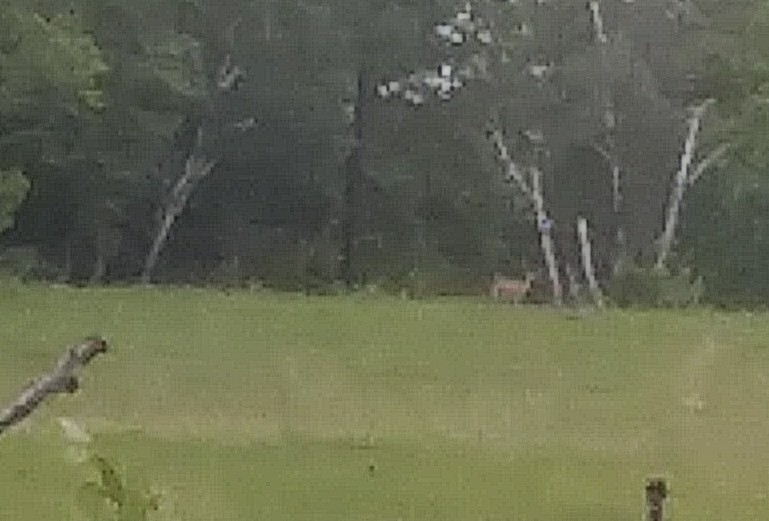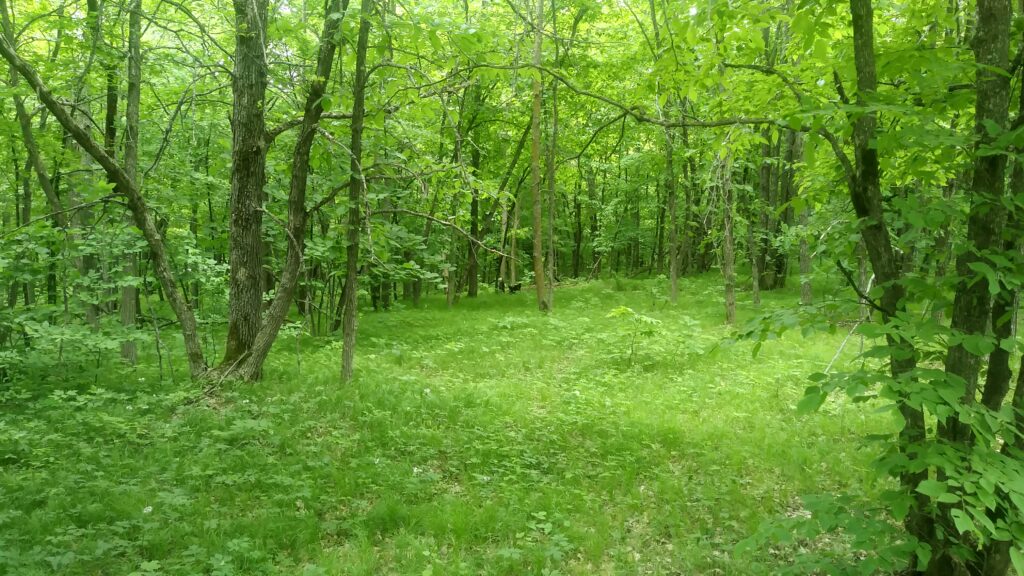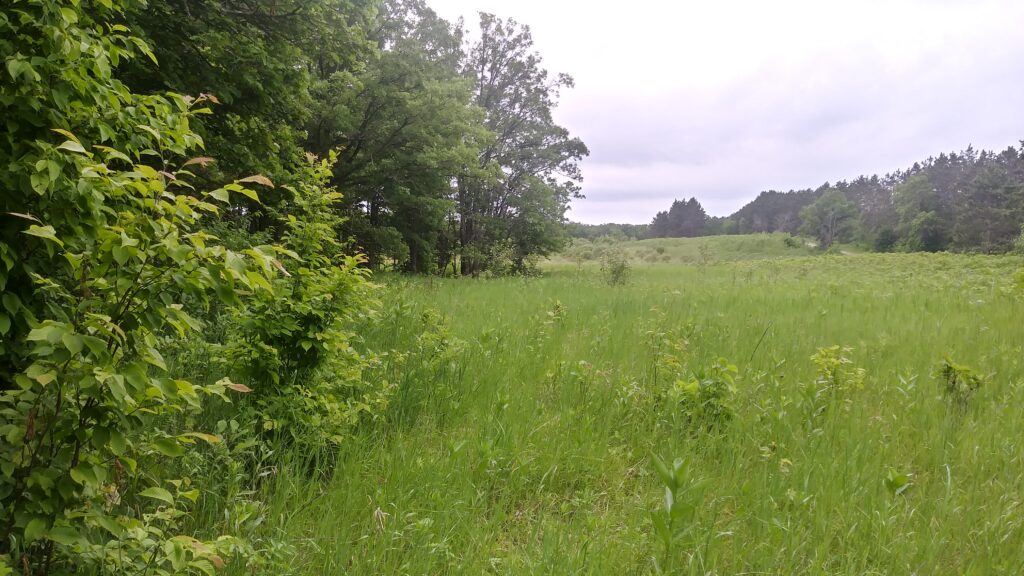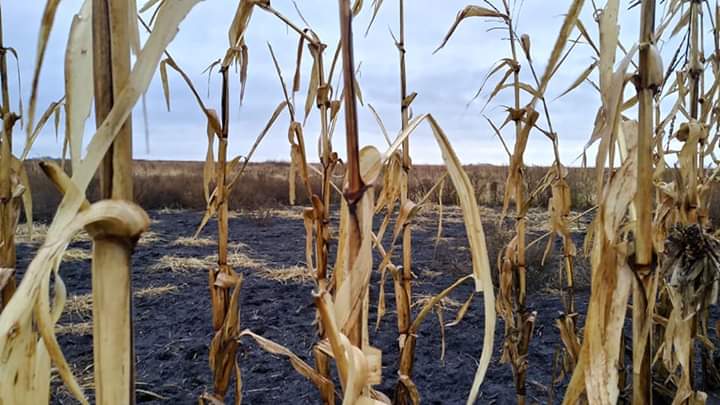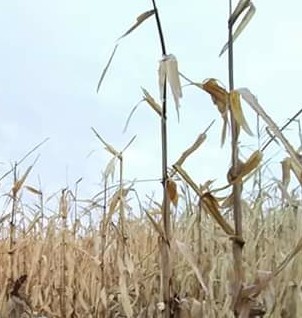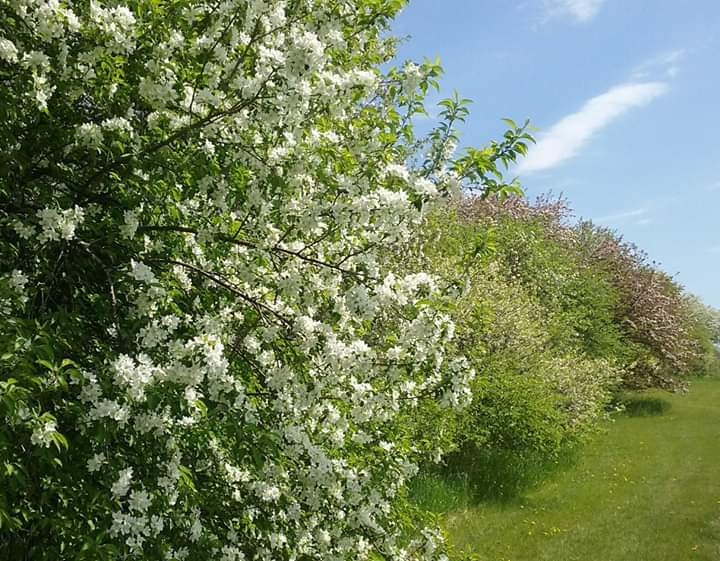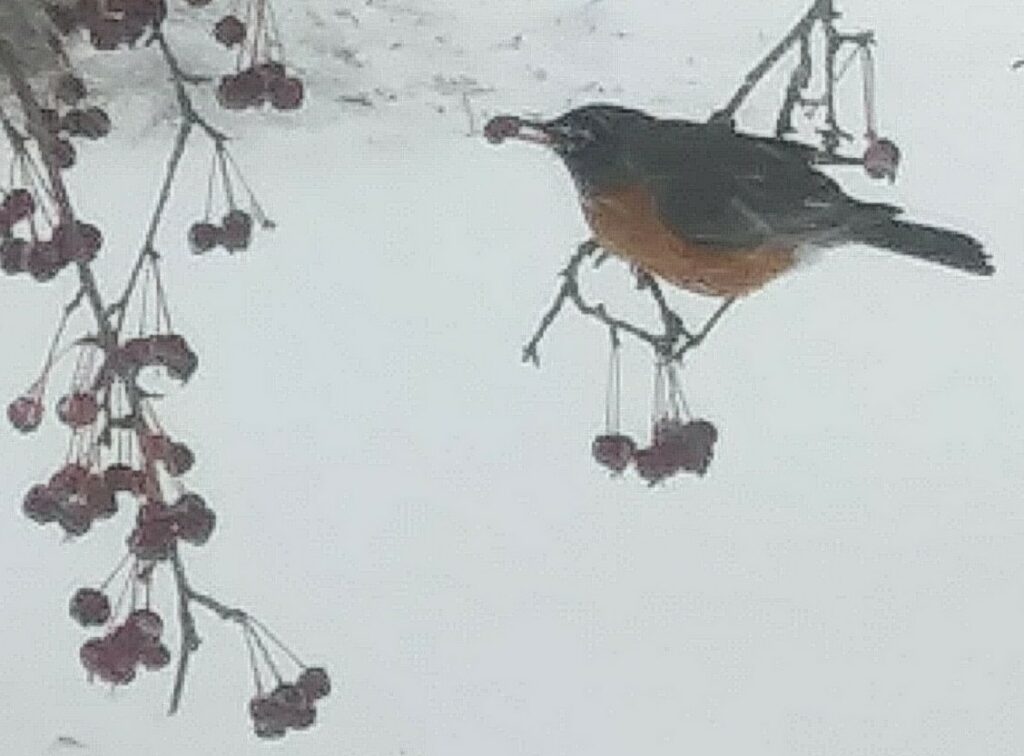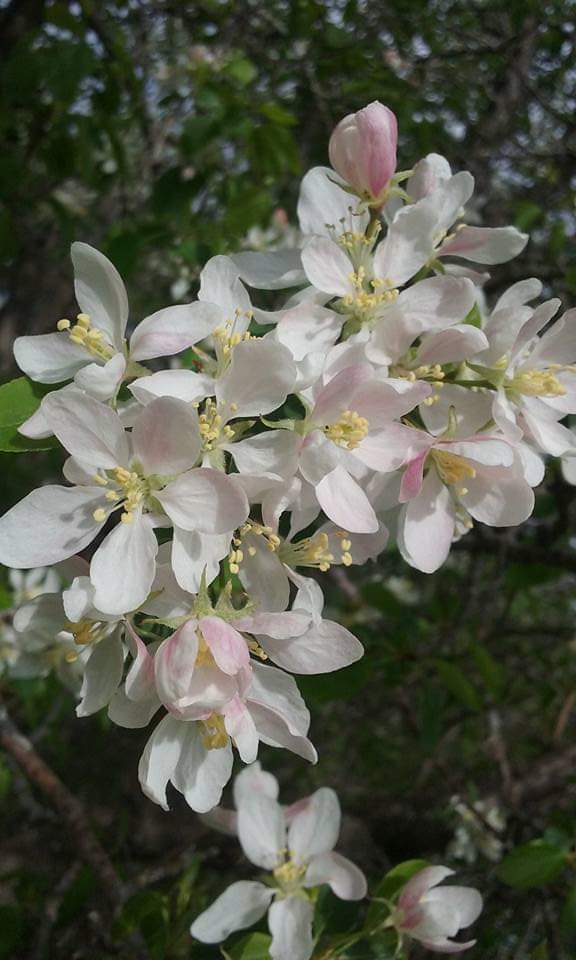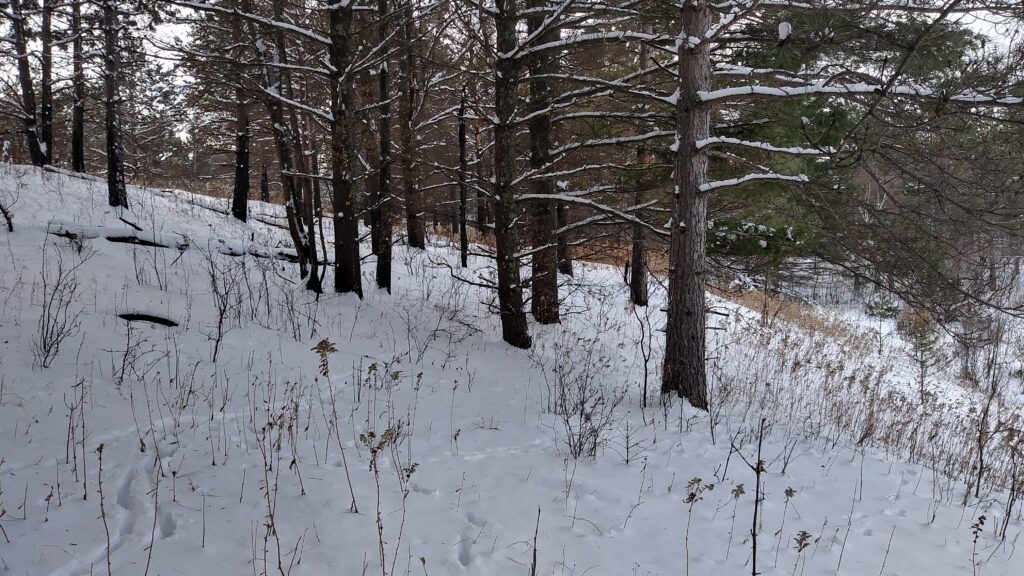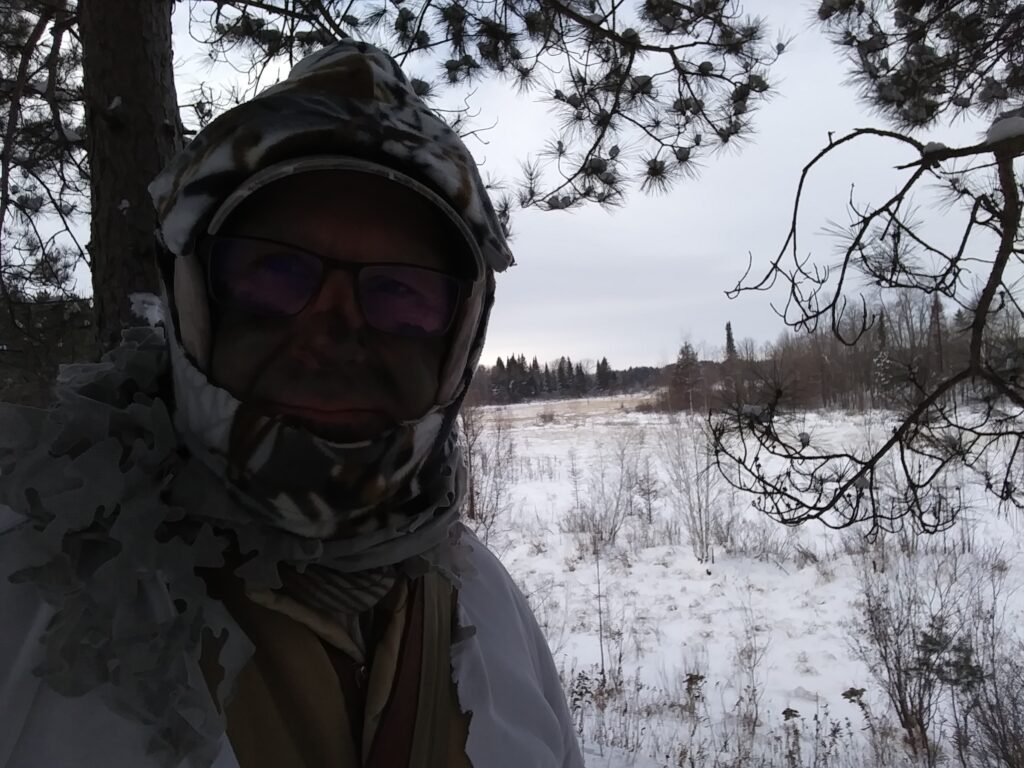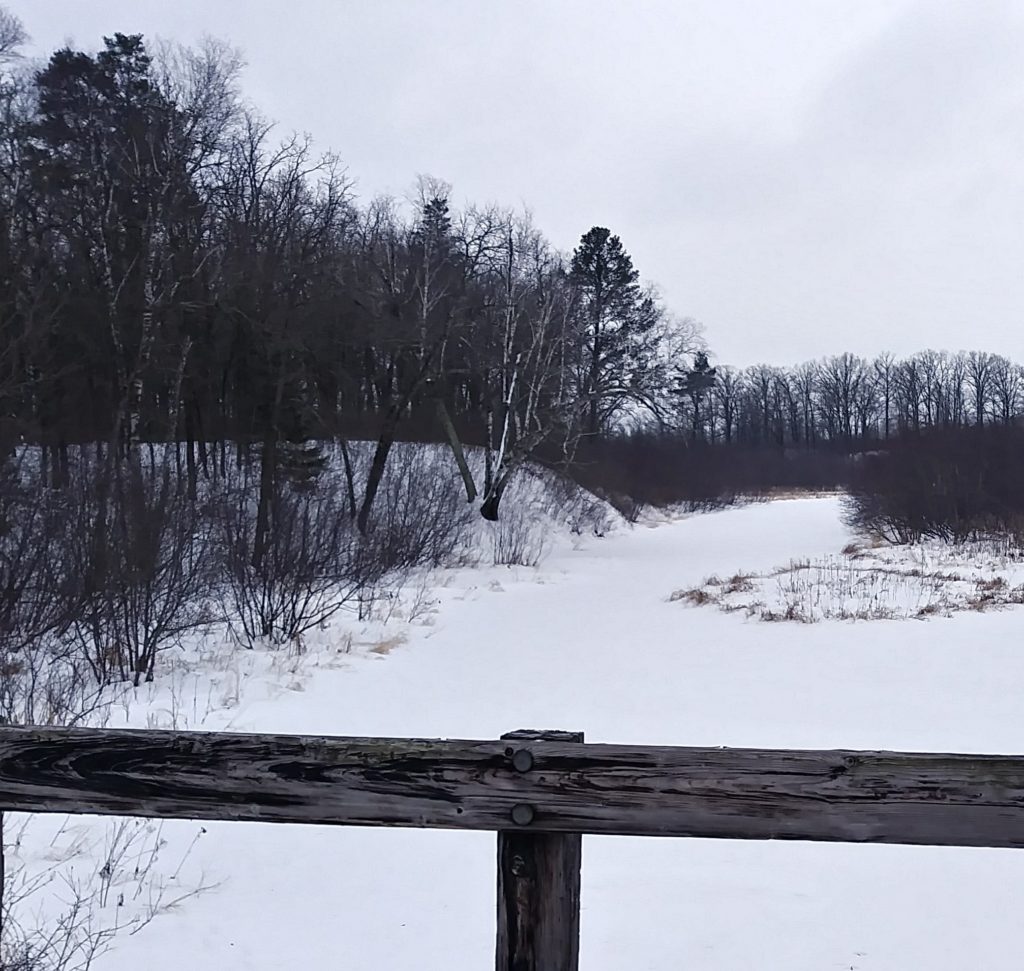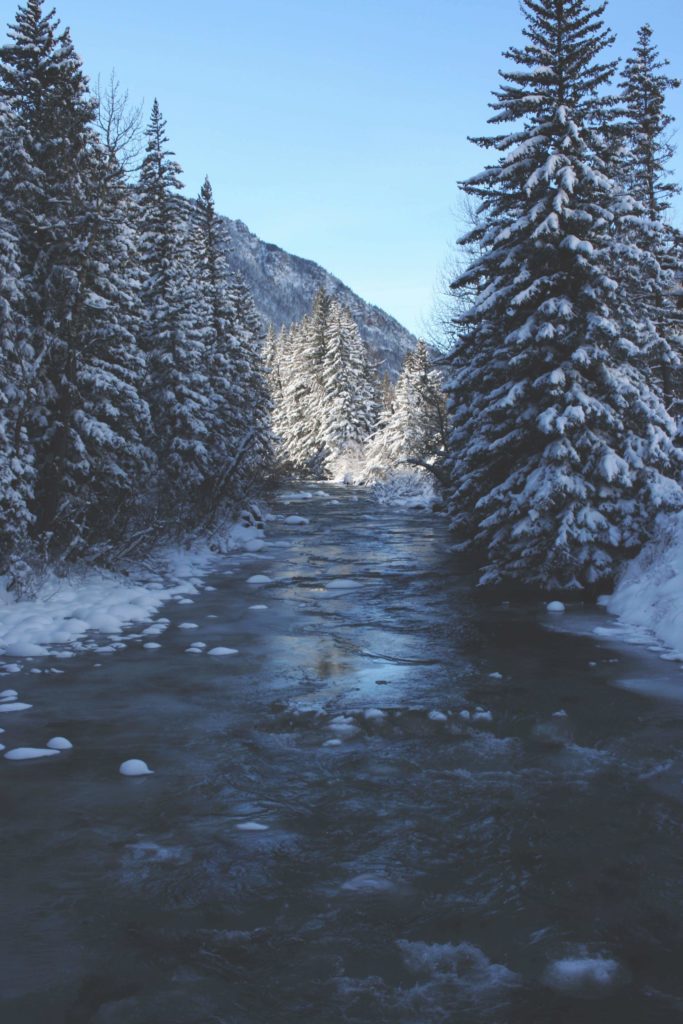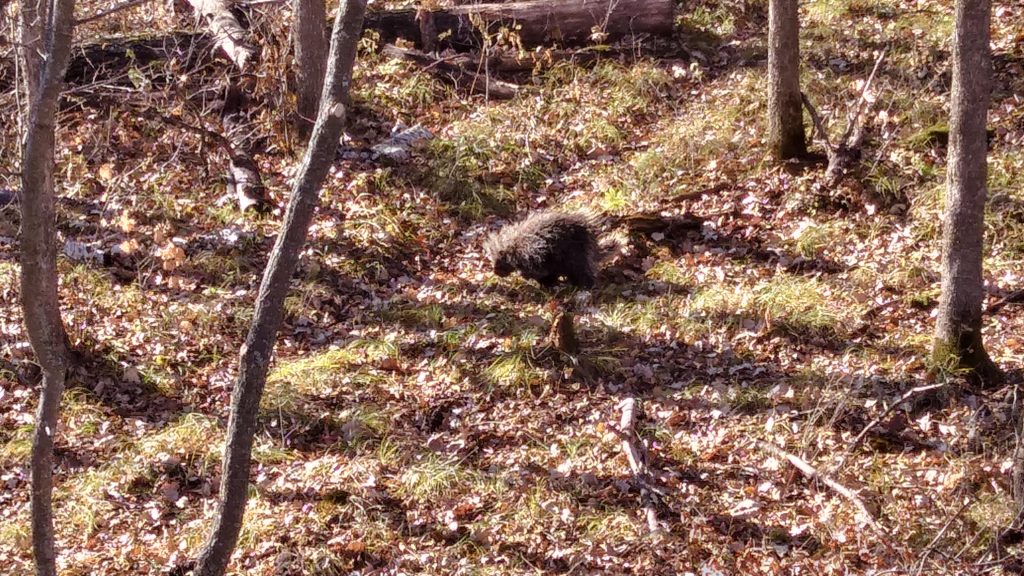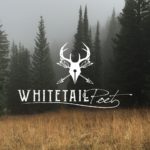There are a variety ways to enter the sport of bow hunting and no one path is the correct path. Bow hunting is an individualized activity but wading through the mountains of material to find what works can be daunting. Finding your archery niche in all the options can also be a fun experience. In this post I hope to offer budget ideas to help the beginning bow hunter get started.
I did not come from a hunting family so I had no knowledge of pursuing game, but I was fortunate to spend summers at our little cottage in northern Minnesota. It was during that time I developed a deep appreciation for the outdoors. At the age of twenty I fell in with a group of back woods deer hunters and my Whitetail passion was born. Fast forward thirty years and the bow hunting bug bit hard. I’ve been bow hunting now for three full season’s and have learned some things about getting started along the way. I am guessing you already love the outdoors, and possibly are a rifle hunter like I was, or you would not be here. Regardless of where you are in the outdoor journey here’s some helpful tip’s to get set up.
Friends in the archery world are a big plus. Bow hunting friends can guide you, and whet your appetite for getting into the woods with a bow. Along with a friend, begin reading books, articles, and researching bow hunting on YouTube. Nothing can replace the real world experience of bow hunting relationships, but books and videos offer a treasure of knowledge to delve into. Good research will give you an understanding of the basics, what is available, and help formulate the type of hunting you are drawn towards.
What style do you want to shoot, Traditional or Compound Archery? A visit to your local archery shop will help determine what works for you. With the understanding that Traditional Bow shooting takes a long time to become proficient in, with my busy schedule and limited shooting time, I went the Compound route. Again, it’s your choice so don’t get caught up in what other people think or say on comment sections of YouTube. In the moment of truth it’s you with your weapon and the game being pursued, a very personal experience. Back to the archery shop. The staff at a pro shop will be happy to set you up with practice shots to get a feel for what you like. Once you’ve determined the bow that’s right for you, it’s time to buy.
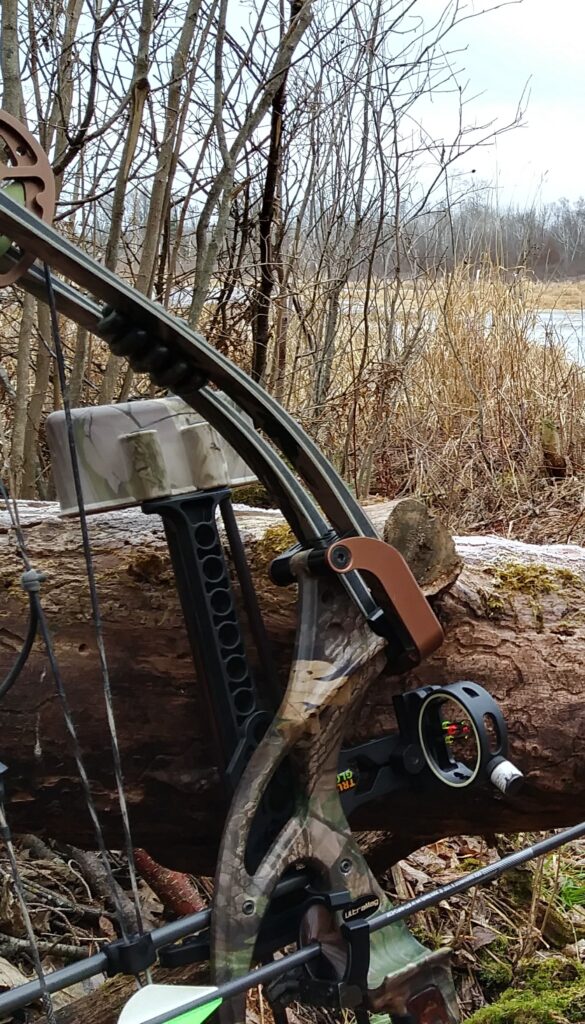
You don’t have to break the bank on hunting equipment. The price of new bow’s can scare the average individual away but there are many good used bow’s that can be purchased privately or through retail outlets. I would say that 200.00 to 300.00 dollar’s should get you going with a competent rig. I may get chastised for this next statement, but using 5.00 dollar arrows from a local fleet store will be sufficient to start, and even kill a deer with. Remember, this is a budget blog post. I don’t want to take anything away from quality high end gear, but for now that can be a goal while you collect a workable and affordable system. So all tallied, a bow with accessories should be attainable for under 500.00 dollar’s. Now you’re ready to start shooting.
So the bottom line is to just get started. Take steps now to get your gear and you can be bow hunting by this season.
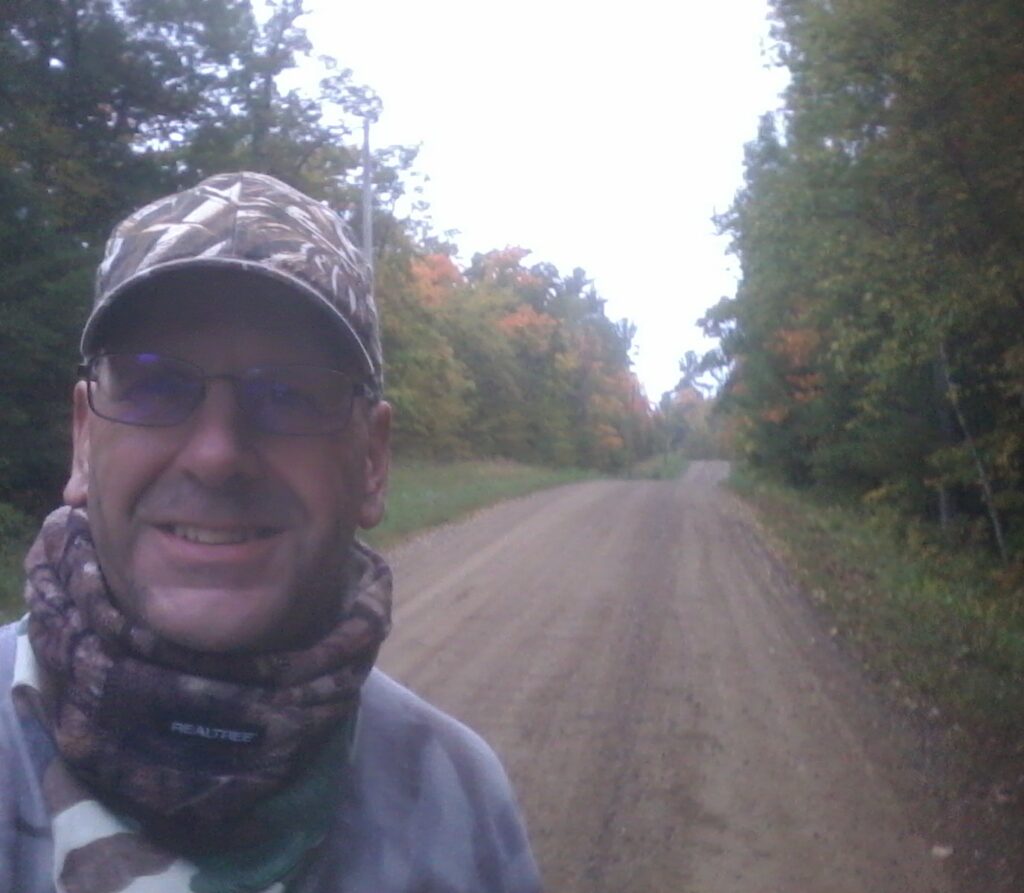
Find your archery friends. They are easy to find, just bring up the topic and it’s hard to keep a passionate archer quiet. Research all you can and get to know your local archery shop staff. Bow hunting does not have to deplete your kid’s college fund or home repair budget. The cool part is that once you invest, your gear will last a long time and you can up-grade when you’re ready. When you consider that hunters were taking animals with primitive gear for thousands of years, a ten year old bow does not seem that ancient. I hope these simple tips help. The biggest step, in my opinion, is getting to a pro shop archery range and letting an experienced staff fit you with, and shoot, a good used bow. One warning, once you start shooting a bow, you will be hooked for life.
Peace,

